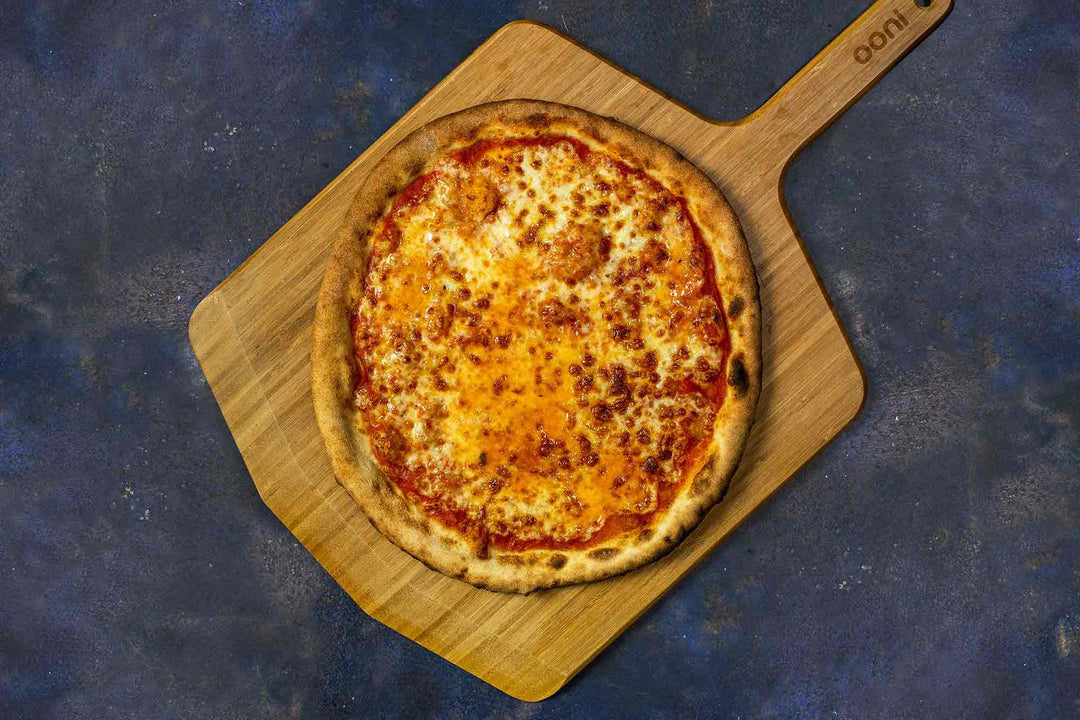Pizza in New York City is as diverse as its residents — Neapolitan to neo-Neapolitan, square to bar, Roman to focaccia, grandma and more — stretching across cultures far and wide. But it’s hard to argue any of them are more iconic than the classic New York-style pizza, a large and sturdy base topped with tomato sauce, plenty of low-moisture shredded mozzarella, and sold, usually, by the slice.
The history of pizza in New York City is equally rich and extensive. Founding cornerstones include Lombardi’s in Little Italy, Totonno's in Coney Island, John's of Bleecker Street in Greenwich Village, and Patsy's in Harlem. Traditionally, the pizzas were cooked in coal ovens, but gas ovens eventually came to dominate, opening the city to a proliferation of pizzerias it’s still famous for today.
The recipe for pizza in New York City was adapted to perform in more consistent, less aggressive heat (compared to coal or wood) and requires a longer bake. The crust is thicker than that of Neapolitan pizza, with enough structure to support generous amounts of toppings. The dough is often enriched with olive oil and sugar, providing extra flavour, volume and colour. The favoured cheese is low-moisture whole milk mozzarella (fresh mozzarella doesn’t do as well during long bakes), spread right to the edge, and common accoutrements offered post-bake usually include dried oregano, chilli flakes, and finely grated Parmesan.
This recipe, developed at Ooni HQ with the help of Ooni’s head of engineering, Mike Vaona, is a nod to today’s classic New York cheese pizza, using bread flour enriched with olive oil and sugar, cold-proofed overnight, and baked low and slow. The sauce has a thick consistency, since it's cooked over low heat. With less moisture in the sauce, this helps retain a sturdy crust while the pizza cooks over a longer period. The addition of sugar, butter and oil all help smooth the texture and flavour to balance the generous serving of low-moisture mozzarella.

